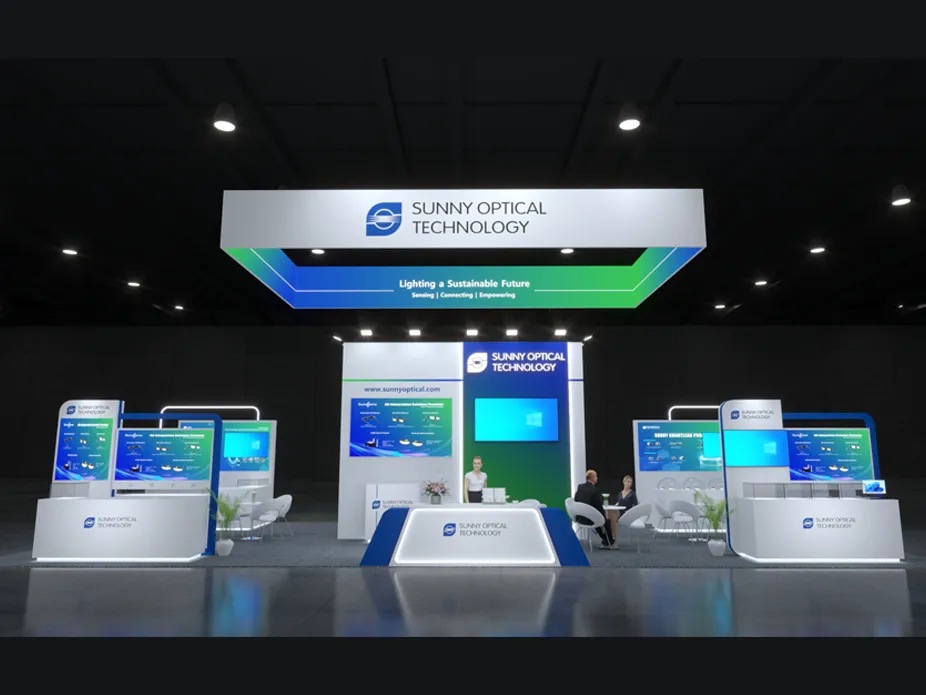Autonomous driving is the future of transportation, and self driving cars are becoming more prevalent on the roads. Auto manufacturers and technology companies are investing heavily in this technology to make it safer and more efficient. One of the most critical components of self driving cars is LiDAR technology. LiDAR stands for Light Detection and Ranging, and it is a technology that uses lasers to measure distances and create high-resolution 3D maps of the surroundings. In this article, we'll explore why auto LiDAR must be used for autonomous driving and the benefits it offers.
Safety is the most crucial aspect of autonomous driving, and LiDAR plays a critical role in making self driving cars safe. Auto LiDAR sensors can detect obstacles, pedestrians, and other vehicles accurately, even in low visibility conditions, such as fog or rain. LiDAR technology uses 3D maps to provide real-time information about the car's surroundings, which helps in identifying potential hazards and avoiding collisions. Self driving LiDAR enables the vehicle to detect and react to any potential danger on the road, making it a crucial component of autonomous driving.
Auto LiDAR technology provides incredibly precise mapping of the vehicle's surroundings, which is essential for autonomous driving. It enables the vehicle to create a 3D map of the environment in real-time, which is then used to navigate the vehicle. The technology can accurately measure the distance between the car and any obstacle, providing precise information that is critical for self driving cars. This data is used by the vehicle's computer to calculate the car's speed and trajectory, ensuring that it stays on the right track.
Auto LiDAR is a crucial technology for self driving cars as it enables them to navigate more efficiently. LiDAR technology provides a more comprehensive view of the surroundings, including details such as road markings, traffic signals, and signs, which helps the car make better decisions on the road. This results in smoother driving, better fuel efficiency, and reduced travel time.
LiDAR technology is an essential component of autonomous driving, and its benefits cannot be overstated. It provides accurate and real-time information about the car's surroundings, making driving safer, more efficient. As technology advances, auto LiDAR sensors are becoming more affordable, which is making autonomous driving accessible to more people. Self driving cars are the future of transportation, and LiDAR technology is a crucial step towards achieving this goal.
In conclusion, it is essential to use LiDAR for autonomous driving as it provides a range of benefits, including improved safety, precise mapping, efficient navigation. Auto LiDAR and self driving LiDAR technology have come a long way in recent years, and it is set to become even more prevalent in the future. With its benefits, it is clear why auto LiDAR technology must be used for autonomous driving, and it is exciting to see how this technology will transform transportation in the years to come.

【Exhibition Invitation】Visit us at CES 2026!
2025-12-10

Sunny Optical Gets Group LiDAR Standard Approved, Using Innovative Optical Solutions to Unlock Key Step in Mass Production
2025-11-25
![[Exhibition Invitation] Sunny Automotive Optech Invites You to the 26th China International Optoelectronic Exposition (CIOE 2025) [Exhibition Invitation] Sunny Automotive Optech Invites You to the 26th China International Optoelectronic Exposition (CIOE 2025)](/uploads/image/20250908/首图7.webp)
[Exhibition Invitation] Sunny Automotive Optech Invites You to the 26th China International Optoelectronic Exposition (CIOE 2025)
2025-09-08

Inquiry
Excellent Customer Service Ability
Key customer manager mechanism
Oversea supporting points
Excellent Process Control Ability
Fully automated production
DMC traceability management
VDA6.3 / IATF16949 verifications
Excellent R&D Ability
Advanced technology new product development cooperation
Cost-effective optical solution proposal based on customer needs
Ecosystem resource integration